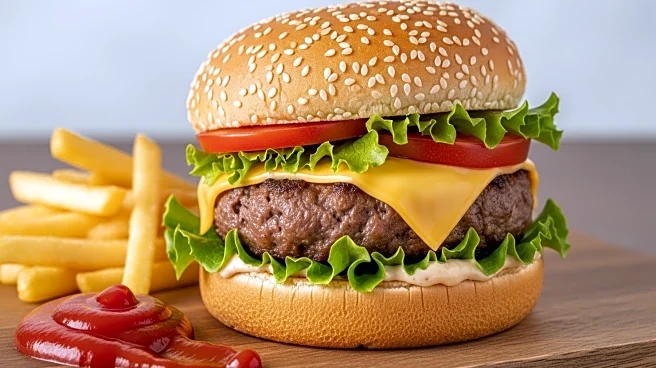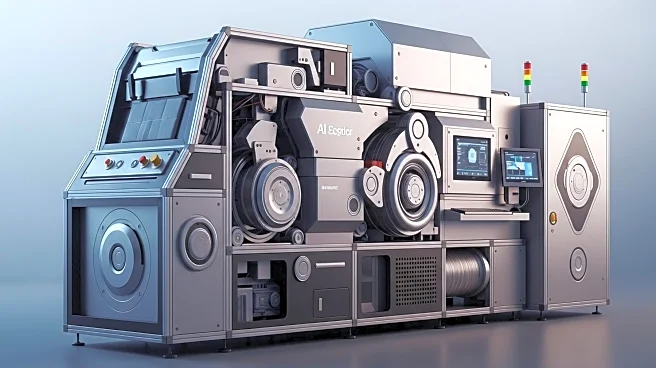The cheeseburger, a staple of American fast food, is widely recognized for its simple yet satisfying combination of beef and cheese. However, there are several lesser-known details about this iconic dish that add depth to its story. From its origins to its variations, the cheeseburger holds secrets that reveal its complexity and cultural significance.
Lesser-Known Details
One lesser-known detail about the cheeseburger is its debated origin. While it is widely accepted that the cheeseburger was created in the United States in the 1920s, the exact location and inventor remain subjects of debate. This mystery adds an intriguing layer to the cheeseburger's history, sparking curiosity and interest among food enthusiasts.
Common Misconceptions
A common misconception about the cheeseburger is that it is a purely American invention. While it originated in the United States, the cheeseburger has been embraced by cultures worldwide, leading to unique regional variations. This global adaptation challenges the notion of the cheeseburger as an exclusively American dish, highlighting its universal appeal and adaptability.
Behind-the-Scenes
Behind the scenes, the cheeseburger's preparation involves more than just assembling ingredients. The choice of cheese, the cooking method, and the quality of the beef all play crucial roles in creating the perfect cheeseburger. These behind-the-scenes details emphasize the importance of craftsmanship and attention to detail in achieving the ideal balance of flavors and textures.
Why It Matters
The cheeseburger matters not only for its taste but also for its cultural significance. It represents the innovation and convenience of American fast food, influencing dining habits and culinary trends worldwide. The cheeseburger's ability to adapt to different tastes and preferences ensures its continued relevance, making it a symbol of culinary creativity and cultural exchange.
 Discover Daily • 8 min read
Discover Daily • 8 min read 









